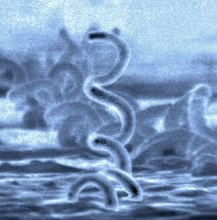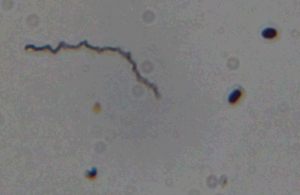Eikeland is the head The Norwegian National Advisory Unit on Tick-borne Diseases in Kristiansand, Norway.
In the interview, Eikeland talks about Borreliosis and whether it can turn chronic. She does not believe that patients that get Lyme disease and not get well can have a persisting infection. In the interview she claims that there is not enough evidence showing that this is the case in vivo. She also goes on to tell about patients that believe they are ill with Lyme disease, but maybe they have something completely different. She does not advocate long term antibiotics.
She explains that certain Lyme literate doctors and patients live in a different world from the one Eikeland and her colleagues live in. She however claims that it’s a good thing to meet at conferences like NorVect to discuss even though one is of different opinions.


